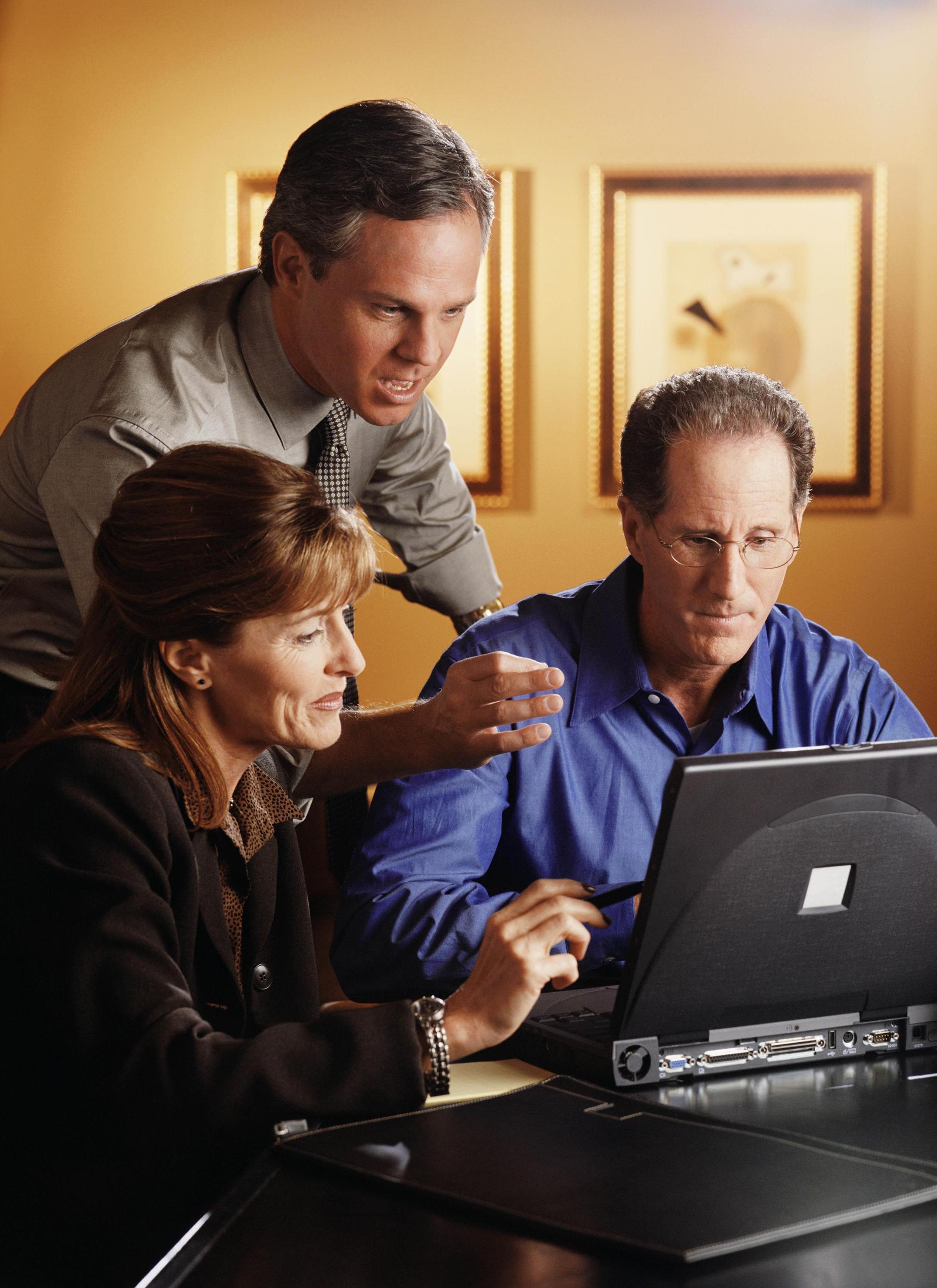
Moving with pets
Moving is tough enough on humans – imagine how overwhelming it would be if you didn’t understand what was going on. When you’re moving with pets, the boxes, the commotion and tension can add up to confused, stressed – even sick – animals. To keep your cat or dog (or iguana) calm and relatively happy during your move, all you need is a little planning – and maybe an extra treat or two.
Stick to a routine
Stay consistent by keeping walks and feedings at the usual times.
Prepare them
Let them wander around and smell boxes and suitcases so they understand that they’re safe.
Talk to your vet
Pick up your pet’s records, make sure all shots are up to date, and ask for a recommendation for a vet clinic in your new area.
Update ID tags
Make sure tags have your new address and phone number on them in case Max or Boots decides to run away. And though this may seem obvious, make sure they’re actually wearing the tags when you move. Microchipping is a bit pricier, but if you can afford it, it’s the best way to ensure they’ll be returned to you if they get lost.
Pick up a cat leash
Your fluffy friend may not be impressed, but it’s an easy way to keep tabs on her in the car or on a plane.
Get a sturdy carrier
Leave the door open a few days before the move so your pet can get used to it. Make sure it isn’t too small; your cat or dog should be able to move around comfortably inside.
On moving day, put them someplace quiet and safe
You don’t want your pup to get underfoot or take off through an open door. If you can’t leave pets with a neighbour or in a kennel, make sure there’s a safe “pet room” (like a bathroom) in both your old place and your new one. A few days before the move, move their food, water, toys and litter box in there. Then, on moving day, put a sign on the door that says “Cat inside, do not open,” so movers and friends know to be careful.
Don’t get a new pet right before a move
Wait till you’re settled before adding a new member to your household.
Bring stuff that’s familiar
In the new place, surround your buddy with toys, bedding and dishes that look and smell like home. Let cats explore on their own terms, and at their own pace; you may want to keep them in one room to start, and allow them into the rest of the place gradually. If you’re moving into a high-rise, don’t open the windows wide enough for an animal to squeeze through, and remember to keep kitty off the balcony.
Clean up accidents right away
Get rid of odors fast so your pets won’t be tempted to use that spot again.
Stay in a pet-friendly places
If your move requires an overnight stay in a hotel, call ahead to find one that will let your pet stay in your room with you.
Tips for car travel
Cats are generally not happy passengers, so keep them safe in a well-ventilated, securely positioned carrier. Don’t put animals in the trunk or in the open bed of a pickup, and never leave them alone in a parked car, especially when it’s hot out. Stop every couple of hours for a break.
Tips for air travel
Whether your pet is flying in the cabin with you or as freight, try to get a direct, non-stop flight to minimize travel time and handling.
Your pet travel checklist
Make sure you’ve packed these animal must-haves:
• Veterinary records
• Recent photos
• Medications
• Food and water
• Bowls
• Can opener
• Reusable lids for canned food
• Leash
• Plastic bags and litter box
• Paper towels
• Favourite toys
Travelling with a more “unusual” pet?
Fish are easy to move short distances. Just put them in plastic bags that are half-filled with water and half with air. Long distance moves are trickier, and you may want to contact an aquarium retailer to get advice. With hamsters, small reptiles and birds, keep them in their usual cages/enclosures when you travel. If you’re driving, keep the car at a warm, comfortable temperature all the time. If you’re flying, contact the airline to see what their guidelines are for transporting pets other than cats or dogs.









